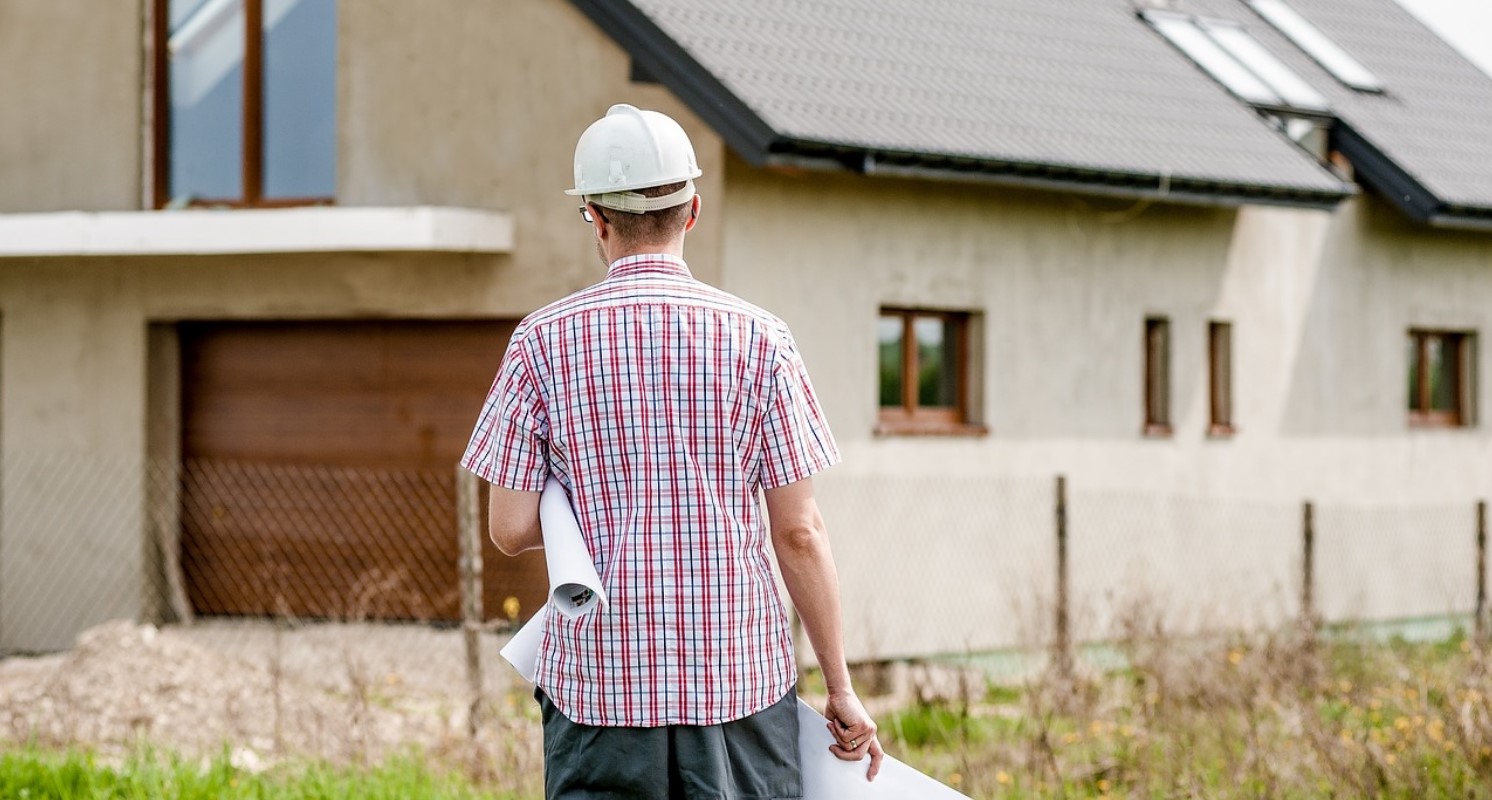
House renovation is the process of updating, improving, or transforming a space within a home to enhance its aesthetic appeal, functionality, or both. Whether you’re looking to modernize your living spaces, add value to your property, or simply create a more comfortable and enjoyable home, a well-executed renovation can completely transform your space. It allows you to customize your home according to your needs, preferences, and lifestyle while increasing its overall appeal.
This article will explore the key elements of house renovation, from understanding your goals to managing costs and staying on schedule. With thoughtful planning and execution, your renovation project can breathe new life into your home, creating a space that’s both beautiful and functional.
1. Understanding the Purpose of House Renovation
House renovation can serve several purposes, depending on what you hope to achieve. The first step in any renovation project is determining your goals. Here are some common reasons why people choose to renovate their homes:
Improving Functionality
Renovations can make your home more functional by adapting spaces to better meet your needs. Whether you need more storage, want to improve traffic flow between rooms, or wish to create more open space, renovation is an opportunity to optimize your home’s layout.
Updating Aesthetic Appeal
If your home feels outdated or tired, a renovation can inject modern style and freshness. Whether it’s updating your kitchen, installing new flooring, or adding a fresh coat of paint, aesthetic upgrades can dramatically change the overall feel of your home.
Increasing Property Value
House renovations can add significant value to your property. Kitchen and bathroom remodels, in particular, are known to offer high returns on investment (ROI). Updating fixtures, modernizing appliances, and improving curb appeal can make your home more appealing to potential buyers.
Creating Comfort and Sustainability
Renovations also offer the chance to make your home more energy-efficient and comfortable. Upgrades like improved insulation, energy-efficient windows, and better ventilation systems can reduce utility bills and make your home more environmentally friendly.
2. Planning Your Renovation
Effective planning is the key to a successful renovation. Before jumping into a renovation project, it’s important to understand your objectives, establish a realistic budget, and create a clear timeline. Here are some steps to guide you through the planning phase:
Assess the Current State of Your Home
Start by evaluating the areas of your home that need attention. Do you have structural issues, outdated systems (like plumbing or electrical), or worn-out finishes? Identifying these issues will help you prioritize renovations that address critical needs while also improving the aesthetics and functionality of your home.
Set a Realistic Budget
Budgeting is one of the most important aspects of any renovation project. Renovations can quickly become costly, so it’s crucial to set a budget that includes both primary expenses (materials, labor, permits) and a contingency fund for unexpected costs (10-20% of the total budget is a common recommendation).
Design Your Vision
Once you have a clear understanding of the necessary repairs and improvements, think about the overall design of your renovation. Consider hiring a professional designer or architect if you’re unsure about layout changes or want to ensure a cohesive design throughout the space. They can help bring your vision to life while making sure that the renovation is structurally sound and functional.
Get Permits and Approvals
Some renovations, especially those involving structural changes, plumbing, or electrical systems, may require permits from local authorities. It’s essential to research the permits you’ll need and ensure that all work is up to code.
3. Key Areas of House Renovation
Some areas of the house benefit greatly from renovation due to their high impact on both functionality and aesthetics. Here are some common renovation projects that homeowners undertake:
Kitchen Renovation: The Heart of the Home
A kitchen renovation can breathe new life into one of the most important spaces in your home. An updated kitchen improves both the functionality and aesthetic of your home and can also increase property value. Popular kitchen renovation ideas include:
- Cabinet Refacing or Replacement: Updating cabinets can significantly change the look and feel of the kitchen. You can refinish existing cabinets for a fresh look or completely replace them with modern ones.
- Countertops and Backsplashes: Installing new countertops, such as granite, quartz, or marble, can elevate the kitchen’s style, while a new backsplash can add color, texture, and interest.
- Energy-Efficient Appliances: Replacing old appliances with energy-efficient models can reduce energy consumption and enhance your kitchen’s functionality.
Bathroom Renovation: A Space for Relaxation
Renovating your bathroom can create a spa-like atmosphere and improve daily comfort. Common bathroom renovation projects include:
- Upgrading Fixtures: Replacing outdated faucets, showerheads, and lighting fixtures can make a bathroom feel modern and fresh.
- Shower and Tub Upgrades: Installing a larger shower or a freestanding bathtub can provide a more luxurious and comfortable experience.
- Tile and Flooring: New tile and flooring can enhance the look and feel of the space. Consider installing heated floors for added comfort during colder months.
Living Room and Dining Area Renovation: Updating Common Spaces
The living room and dining areas are often the heart of the home, where families gather and entertain guests. These spaces can benefit from simple updates such as:
- New Flooring: Installing hardwood, tile, or durable laminate flooring can enhance both the look and practicality of these high-traffic areas.
- Lighting Fixtures: Modern lighting fixtures, such as pendant lights or chandeliers, can add ambiance and create a statement piece in the room.
- Open Floor Plans: Consider removing non-load-bearing walls to create an open-concept living and dining area that flows seamlessly from one space to the next.
Basement and Attic Renovations: Creating Usable Space
Basements and attics are often underutilized, but they can offer valuable square footage when renovated. Popular ideas for basement and attic renovations include:
- Home Offices: Turn your basement or attic into a dedicated home office for a quiet, productive environment.
- Guest Suites: Renovating a basement or attic into a guest suite with a private bathroom provides comfortable accommodations for visitors.
- Recreational Spaces: Create a home theater, gym, or playroom in your basement or attic to give your family a designated area for entertainment and relaxation.
4. Managing the Renovation Process
Once you’ve planned your renovation, it’s time to start the execution. Managing the process involves hiring contractors, monitoring progress, and staying on schedule. Here are some tips for ensuring a smooth renovation:
Hire the Right Professionals
For complex renovations, such as electrical or structural changes, it’s essential to hire qualified professionals, including general contractors, electricians, plumbers, and designers. Research contractors, read reviews, and ask for references before hiring anyone. Having the right team in place will ensure the job is done correctly and efficiently.
Set Realistic Timelines
Renovations can take time, especially if you’re making significant changes to your home. Set realistic timelines for each phase of the project, but be flexible in case unexpected issues arise. Having a contingency plan for delays will help reduce stress during the renovation process.
Communication is Key
Clear and consistent communication with your contractors and designers is vital. Ensure that everyone involved in the project understands your vision, budget, and timeline. Regular check-ins will help keep things on track and allow you to address any concerns as they arise.
Expect the Unexpected
Renovations often uncover unforeseen issues, such as hidden damage to plumbing, electrical systems, or structural elements. Be prepared for these surprises, and be sure to have a contingency fund in place to cover any additional costs.
5. Post-Renovation: Maintenance and Enjoyment
After your renovation is complete, the work isn’t entirely finished. It’s essential to maintain the updated areas of your home to keep everything looking and functioning at its best. Regular maintenance and cleaning will preserve the quality of the materials and finishes you’ve installed.
Routine Inspections
Periodically inspect renovated areas to ensure that everything is in good condition. Look for any signs of wear, leaks, or structural issues that may need attention.
Enjoying Your Renovated Home
Finally, take time to enjoy the newly renovated spaces in your home. Whether it’s cooking in your updated kitchen, relaxing in a renovated bathroom, or hosting guests in a revamped living room, your hard work will pay off in the long run. Personalize your space with decor and furnishings that complement your style, and savor the comfort and beauty that your renovation has brought to your home.
Conclusion: Transforming Your Home for the Better
House renovation is a rewarding process that allows you to breathe new life into your home. With careful planning, budgeting, and execution, you can transform your living spaces into areas that are both beautiful and functional. Whether you’re focusing on improving a single room or undertaking a complete home overhaul, the right renovation can enhance your quality of life, increase property value, and create a home that suits your needs for years to come.
